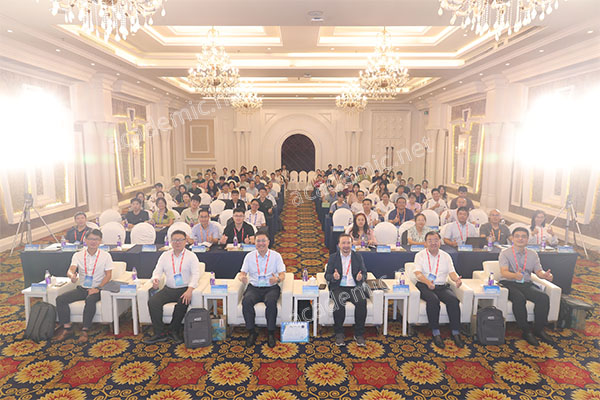Academic Conference Submission Guidelines
Participating in academic conferences and submitting papers or abstracts is a crucial aspect of academic life. Here are guidelines for submitting papers to academic conferences, designed to help you optimize your submission process and increase your acceptance rate:

1. Selecting the Right Conference
- Research Conference Themes: Ensure the conference's themes align with your research focus.
- Evaluate Conference Reputation: Choose conferences with a solid academic reputation. Review past conference records, publications, and attendees.
- Consider Location and Timing: Assess the conference's location and timing to ensure you have adequate time for preparation and attendance.
2. Understanding Submission Requirements
- Read the Call for Papers (CFP): Carefully review the conference's submission guidelines, including themes, format requirements, deadlines, and review processes.
- Format and Length: Ensure your paper or abstract adheres to the conference's format requirements, such as word count, page limits, and citation style.
3. Preparing Your Research
- Research Background: Ensure your study is original, significant, and relevant to the conference's themes.
- Abstract: Write a concise, clear abstract outlining the research problem, methodology, results, and conclusions.
- Full Paper: If a full paper is required, ensure content is complete, logically coherent, and references are accurate.
4. Crafting Your Submission
- Title: Choose an engaging title that accurately reflects your research content.
- Abstract: Briefly describe the purpose, methods, results, and conclusions of your research.
- Keywords: Select appropriate keywords to help reviewers and readers find your paper.
- Introduction: Clearly state the research background, problem statement, and significance of your study.
- Methodology: Detail your research methods, data collection, and analysis process.
- Results: Present your findings, ensuring data accuracy and clarity in figures and tables.
- Discussion: Interpret the significance of your results, compare with existing research, and suggest future research directions.
- Conclusion: Summarize the main findings and contributions of your study.
- References: Use the correct citation format, ensuring all references are cited in the text.
5. Submission Process
- Follow Submission Guidelines: Submit according to the instructions provided on the conference website or in the CFP, ensuring all required materials are uploaded.
- Check and Recheck: Thoroughly review your submission for errors and adherence to format requirements.
- Submission Confirmation: Keep the submission confirmation email or number for future reference.
6. Review and Feedback
- Await Review Results: Reviews typically take several weeks to months; remain patient.
- Respond to Feedback: If you receive feedback, carefully read and respond positively. Provide detailed responses to reviewers' comments and revise your paper as necessary.
7. Acceptance and Preparation
- Acceptance Notification: Upon receiving an acceptance notice, follow instructions to prepare the final version of your paper or presentation.
- Copyright and Permissions: Handle any copyright or permission agreements.
- Conference Preparation: Prepare your presentation, poster, or workshop, ensuring everything is ready.
8. Optimizing Your Submission
- Optimize Abstract and Title: Use keywords and phrases to optimize your abstract and title for search engine visibility.
- Networking: Utilize academic social platforms and professional forums to promote your submission, increasing its visibility.
- Links and Citations: Provide links to related research in your paper to enhance citation rates.
Considerations:
- Plan Ahead: Start preparing your submission early to allow time for revisions and perfection.
- Professional English: Write your paper in professional English, ensuring accuracy and clarity in expression.
- Adhere to Deadlines: Strictly adhere to submission deadlines to avoid missing opportunities.
- Networking and Socializing: Use the conference as an opportunity for networking and socializing; connect with potential collaborators or peers in advance.
By following these guidelines, you can enhance the quality of your academic conference submission, increase your acceptance rate, and ensure your research receives widespread recognition and dissemination within the academic community.
